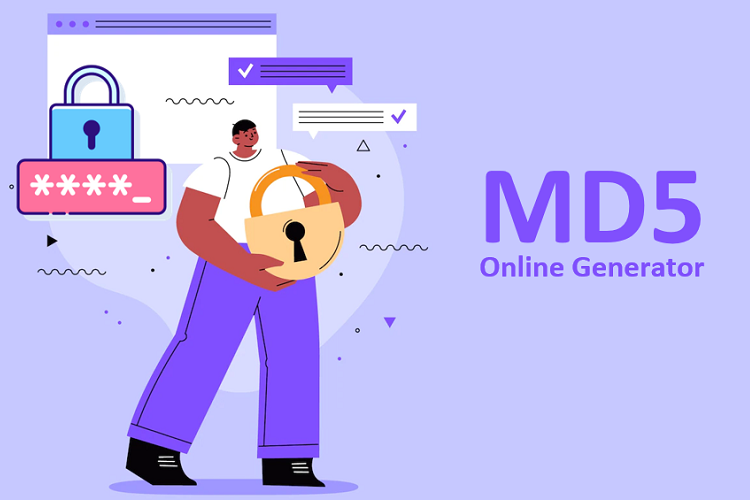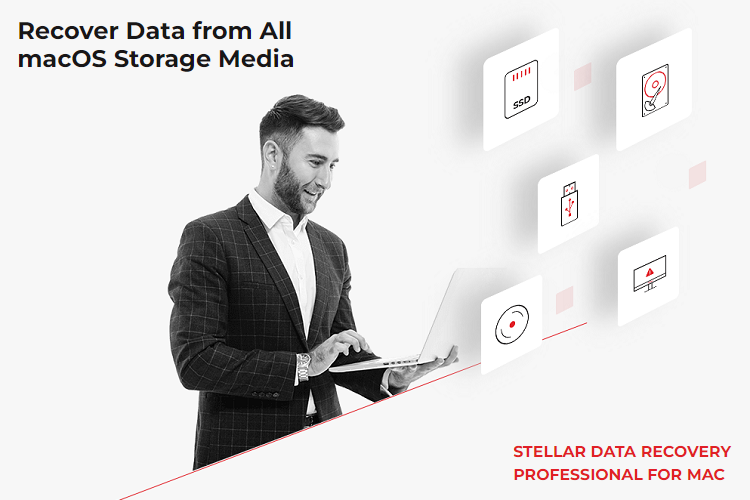The MD5 algorithm is primarily used to authenticate files. For example, MD5 hashes are much more accessible than comparing bits by bits to check whether two file copies are identical. In the past, MD5 was used to secure and encrypt data, but now it is used primarily for authentication purposes.
To protect critical data such as financial transactions, insurance transactions, credit card information, and much more, MD5 hash function generators are valuable and required.
It is recommended to use ETTVI’s MD5 Online Generator tool. The ETTVI MD5 online generator generates 32 hexadecimal MD5 hash strings based on the number of words or characters entered. After ETTVI’s MD5 online generator creates an MD5 string, it is virtually impossible to decrypt it. Data is encrypted so that later decryption is impossible. An MD5 hash can be considered a fingerprint of the data.
Here in this article we will see more about MD5.
Why is MD5 Getting so much Attention?
After knowing what is MD5 the very first thing that we need to know here is why MD5 is getting this much attention. It can be generated from digits by applying a one-way algorithm and selecting them to generate a hash. It has been used as a cryptographic hashing algorithm since 1993. Message digests are the most common method for safeguarding information or media (MD5). It is possible to examine a message using this feature to determine if any essential parts have changed.
The message digest (MD5) creates a fixed-length hash value from a random array of data.
What is the Purpose of MD5?
Hashing is the primary function of MD5 in cryptography. Unlike a hash function, which converts a series of data blocks into a fixed-size bit string. Hash values are computed for data sets using message direct (MD5) functions. A digital signature or message verification code is often generated using MD5 and other hash functions. As well as checking for corruption, detecting duplicates, and identifying files, it can also be used to check for data corruption.
MD5 hashes verify data integrity despite their ability to produce the same results repeatedly. MD5 users can compare data source hashes with hashes created at the same destination as the files they will compare. It can be done to ensure that the hash has not been altered or tampered with.
MD5 hashes do not encrypt data but rather create a fingerprint for it. The user cannot recover reversible MD5 hashes. Therefore, the MD5 hash generated cannot be reversed.
What is the MD5 Algorithm?
It generates a 128-bit digest from a string of any length using a cryptographic hash algorithm called MD5. Hexadecimal numbers are used to represent digests. In addition, a digital signature verification algorithm was designed by Ronald Rivest in 1991.
Can you Decrypt MD5?
Unlike encryption algorithms, MD5 cannot be decrypted. There is a common misconception that MD5 can encrypt data, but this is false. The reality is different. MD5 does not provide data encryption. Instead, the tool can only calculate a hash value for a specific data set.
Is MD5 a Truly Secure Function?
The MD5 algorithm has traditionally been viewed as crash-prone. MD5’s effectiveness depends greatly on the context in which it is utilized. An MD5 hash is generated by encoding an arbitrary string into a 128-bit fingerprint. Therefore, you will always have a 128-bit output when using the MD5 hash generator on the same strings.
With little strings like passwords or strings of characters, MD5 hashes are usually used for creating and storing passwords, MasterCard numbers, and other sensitive information.
As a result, when MD5 is used only as a basic checksum algorithm, it has proven effective in ensuring the integrity of database tables. MD5 would be extremely compact if it contained only 32 digits. Calculating the hash immediately without consuming a lot of memory or storage space is possible. Unless carefully supervised, do not use MD5 for password summarization or any other important security system. You can find much information on the Internet regarding MD5 guidelines to secure your data. Hopefully, you will be able to use MD5 correctly after reading these guidelines.
Advantages of MD5
There are many advantages of MD5. Here we will discuss some of them.
- Hash algorithm: 32-digit digests are relatively easier to compare when verifying digests than the latest hash algorithm families.
- Security: Hackers and malicious actors cannot access plaintext passwords because they do not need to be stored in plaintext format. Since all hash values are the same size when using digests, the database also benefits.
- Low Resource: A relatively low memory footprint is necessary to integrate multiple services into the same framework without CPU overhead.
- Data integrity: Comparing hash values before and after transit is an excellent way to monitor file corruption. Data integrity checks are valid once the hashes match and data corruption are prevented.
Jaymin Dangi is a digital marketing expert, social media enthusiast and co-founder of UPLARN. As a proficiency in online marketing, he is closely working with local as well internationalized domains in the field of technology, eCommerce, gadgets, apps, etc. He believes in sharing things over the internet.




